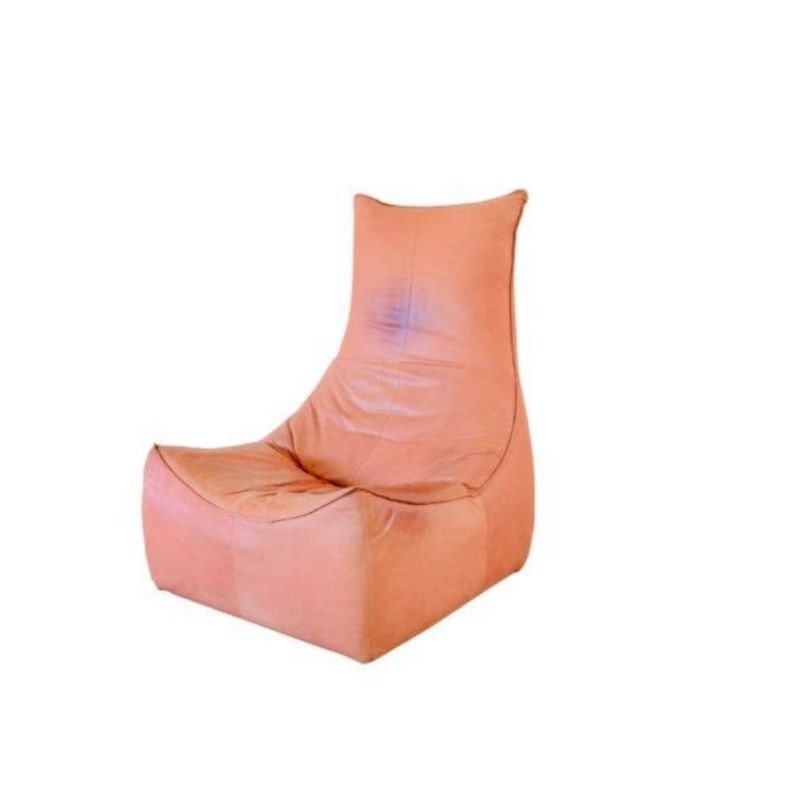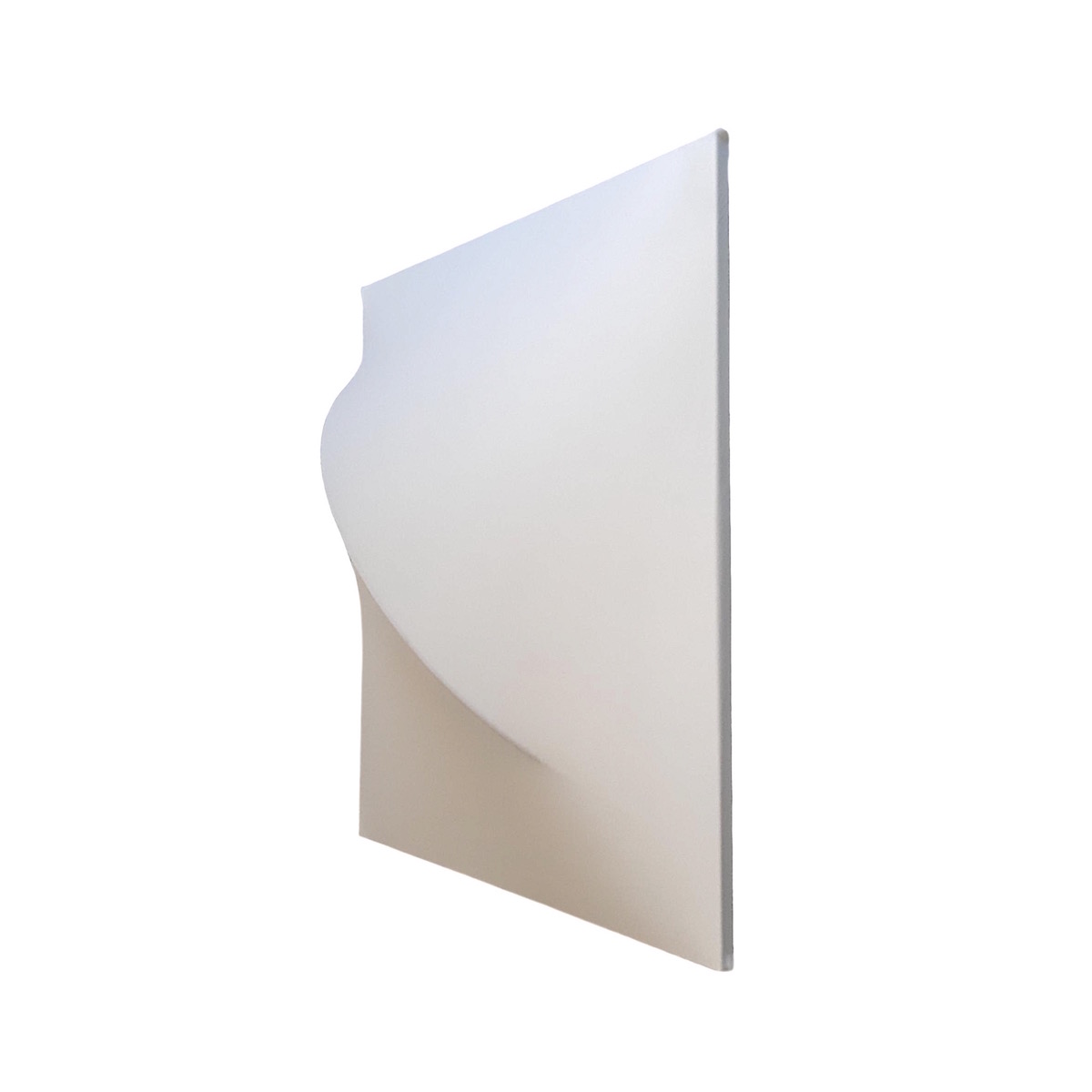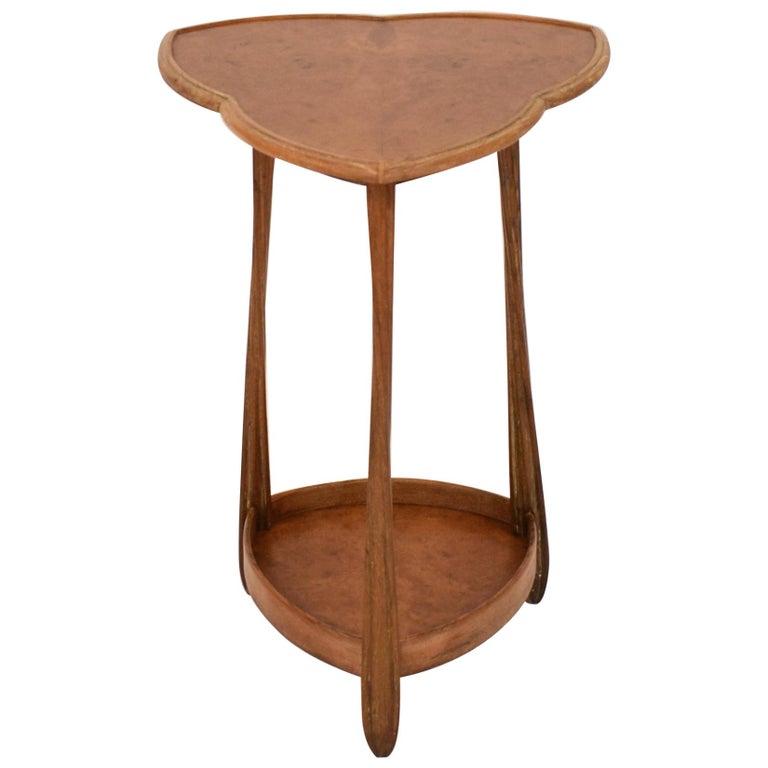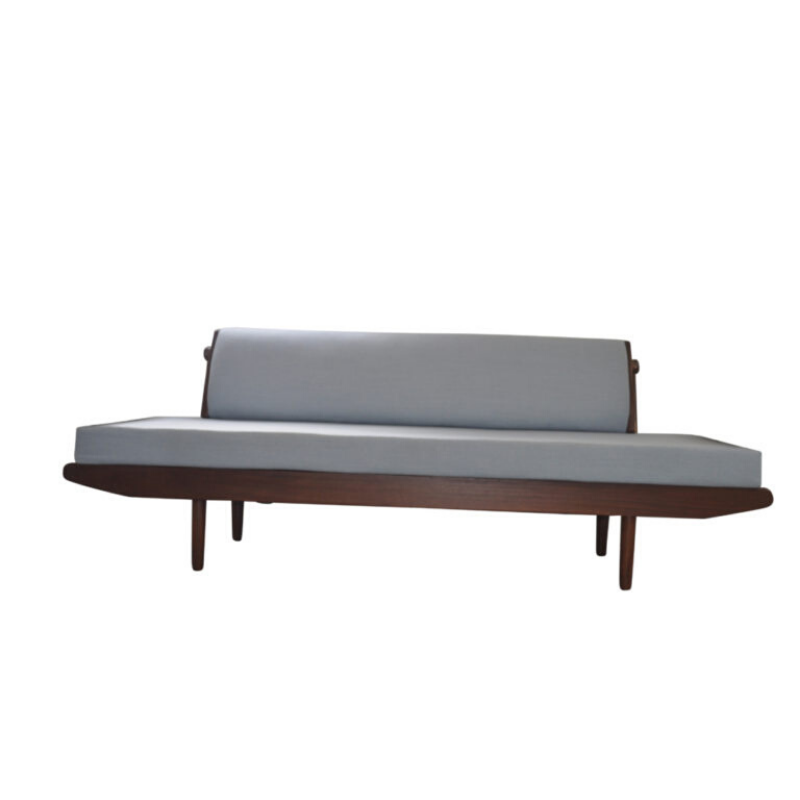Hey guys -
I rescued this guy from the trash last week. Unfortunately one of the legs was broken and half missing.
My initial thoughts are that this bench is a knock-off. I've done a few hours of reading and looking and I dont have a definitive answer.
Any thoughts?
I'll likely remake the broken leg myself, and refinish the top back to natural, as it was treated quite dreadfully. <img class="wpforo-default-imag
<img class="wpforo-default-imag
make sure to keep all the leg pieces for a template. Those trapezoidal miters are kind of a pain to calculate from scratch. I have made a couple of copies of this bench out of redwood for out on my deck (don't tell George).
I went from pictures, and published dimensions. I had to plug the dimensions into Solidworks, as I couldn't figure out the math on paper for those miters (and I am an engineer for cryin out loud!)
Looks good to me. I'm glad to finally see how the leg miter is joined -- with two diagonal dowels. Somewhat iffy structure if you ask me -- but you didn't.
Odd angles can be copied from an object directly, using a bevel gauge; the gauge can be taken to a table saw or swiveling miter saw, the saw adjusted to match the bevel gauge, and the angle read out on the dial of the machine -- or a piece simply cut at that angle without any numbers, math, or geometry being employed ! Trial cuts in scrap material should always be made, to test the set-up, when employing this method.
Wow! It is remarkable what people will throw away...especially if it is authentic.
Let me know if any other photos or insight would be helpful to the community.
I haven't been able to find any other examples where there are dual nails on the joints (photo attached)
Can anyone confirm that this technique was used at some point? What Era?
Also -
What wood should I be using for the new leg?
Patina YES!
There is no such thing as a bad patina. I used to be kidding when I said that, but now I mean it.
It's the museum of real life. The residue of human activity and daily existence of the piece - recorded. Kinda like the residue of a performance piece, except the performance took 60 years.
I agree that some patina's can be "uglier" than others, but even the ugly ones are so damned interesting to stare at in wonder…
Resale prices be damned!
Someday there will be a special premium paid at auction for Nelson benches that supported motorcycle repair.
(I admit bias here… I have a super beaten up early Nelson bench that just happens to have the most incredibly glowing orange patina on its good parts. I especially like the the places on the base legs where the black paint is gone)
As the legs are painted black, the wood only has to be a closed-pore specie, smooth and strong. Hard birch or maple would do fine, I would think. Choose clear straight-grained stuff for maximum strength.
Creating the doweled joinery at those angles would be a bit of a challenge on the drill press; perhaps a custom-made doweling jig of hardwood, bored at the correct angles and clamped to the workpiece, wold be the way to go. You'll need one jig for the upper joints, another for the lower ones, because of the differing angles.
Or, you could align yourself with the restoration/preservation experts who believe that recreated parts should be distinguishable from historic original ones; you could use visible joinery like the corner spline (a pair at each corner would be nice). They'll be mostly disguised under the paint but still visible.
This would be an easy and strong joint. I make it by gluing up the mitered frame. (Strong masking tape can be an effective and easy clamp for miters.) Later, I take the frame and slide it into the table saw blade until a diagonal slot has been created. A stop clamped to the fence will assure that all slots are identical in depth. I fit a fin of hardwood -- with the grain crossing that of the leg parts -- into the slot, glue it well, and later cut and trim off the excess. A final block sanding makes a perfectly flush and attractive surface.
When I first encountered this joint, co-workers were encumbered with the notion that the frame had to be held diagonally -- somehow -- and pushed all the way through the blade, to create the diagonal slot (mortise). It seemed to me that an easier and more effective approach would be to place one edge of the frame flat on the saw table and move it into the blade far enough to create the desired depth. This sometimes makes an asymmetrical mortise -- deeper along one edge of the frame than the other, depending on how high the saw blade can be raised -- but if this is not a deal-breaker, the method is easier, safer, and (as a bonus) makes a slot with a concave bottom surface, potentially guaranteeing a tight-fitting spline.
I wonder what the online videos show, in this regard . . .
Great Find cjwebber - it is amazing what people discard. When I started re-purposing vintage stuff a long time ago people even throw away items in excellent condition. This link may or may not help.
http://www.popularwoodworking.com/woodworking-blogs/editors-blog/nelson-...
Thanks for the link to the Popular Woodworking page, minimoma. It's good to have a (presumably) accurate dimensioned drawing of the short version of the bench. While the description includes mention of splined miters to the base, the splines are not illustrated. And the note "screw or glue base to bench" is misleading: I don't think any experienced maker would conclude that glue alone would secure the leg, considering possible live loads on the joint . . .
If you need any help, please contact us at – info@designaddict.com











